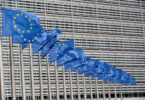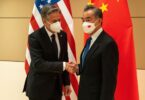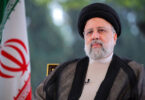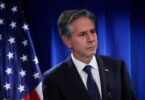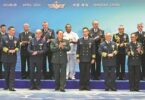The World Bank has sanctioned an additional concessionary loan of $700 million for low cost electricity generation from renewable sources to provide it at affordable tariff to millions of consumers of different categories, the most feasible option that did not figure on the top in energy policy of previous governments. The additional financing will help complete 2160 megawatt Dasu phase-1 hydropower project on the River Indus upstream Tarbella. Dasu power plants will use latest western technology turbines and generate electricity at $0.03 per unit as compared with existing thermal generation loaded energy cost of $ 0.8 per unit.
With the completion of second phase of Dasu hydropower project, its electricity generation capacity will go up to 4230 megawatt in summer seasons, tilting the balance towards inexpensive hydel power generation and overcoming the chronic problem of load shedding during the months of peak demand, provided transmission and distribution system is upgraded, before the completion of this project.
Lowering of electricity tariff to the regionally competitive ceiling has been a long standing demand of business community. But this facility has now been given to export industries for four months and not across-the-board to all industries due to abnormally high cost of thermal electricity generation caused by expensive fossil fuel and above all the capacity trap clause incorporated in the shady power purchase agreements made with local IPPs and some other foreign companies. It remains to be seen up to which extent induction of hydel power from Dasu power station lower the electricity tariff as injection of hydel power supplies from 960 megawatt from Neelum Jhelum and few other power plants in Khyber Pukhtunkhwa did not help even symbolic lowering of tariff.

